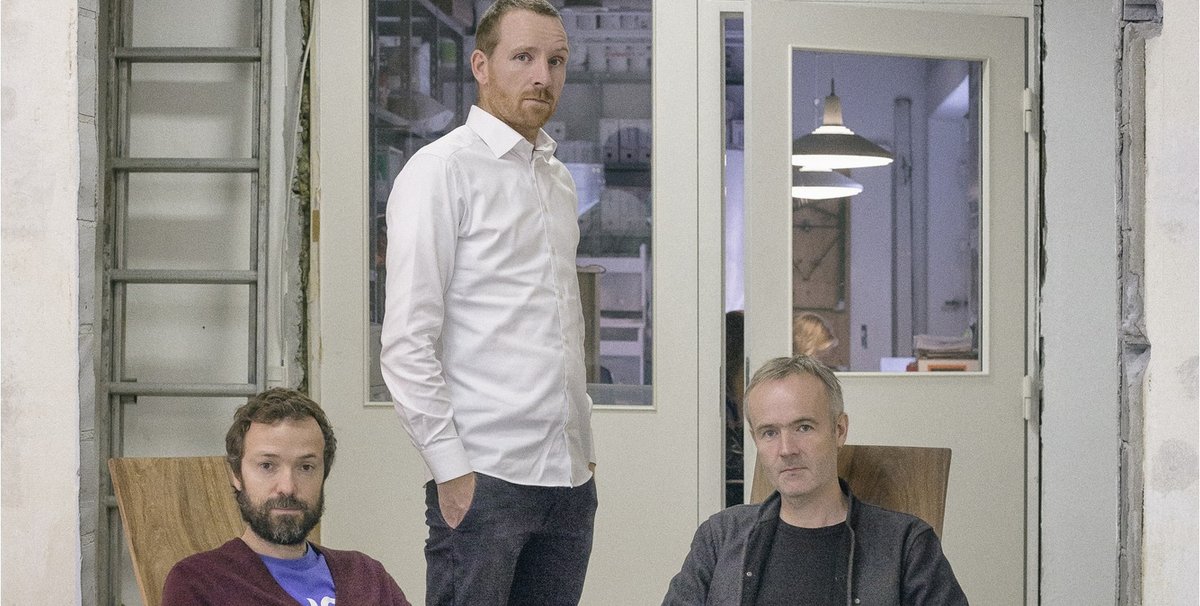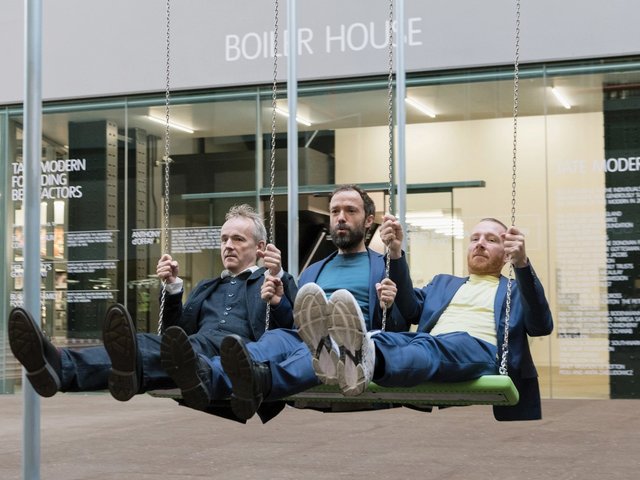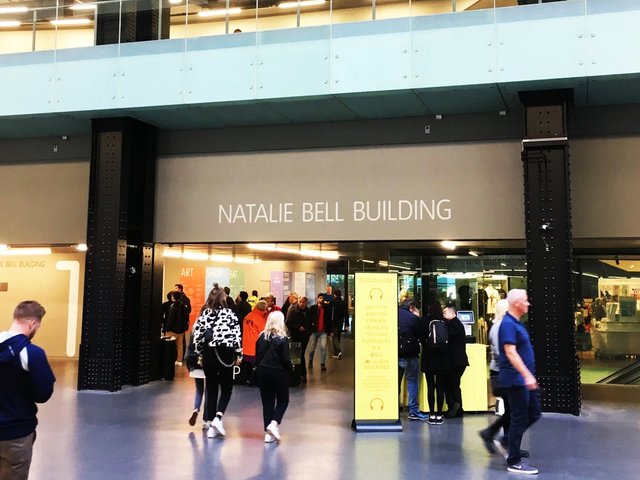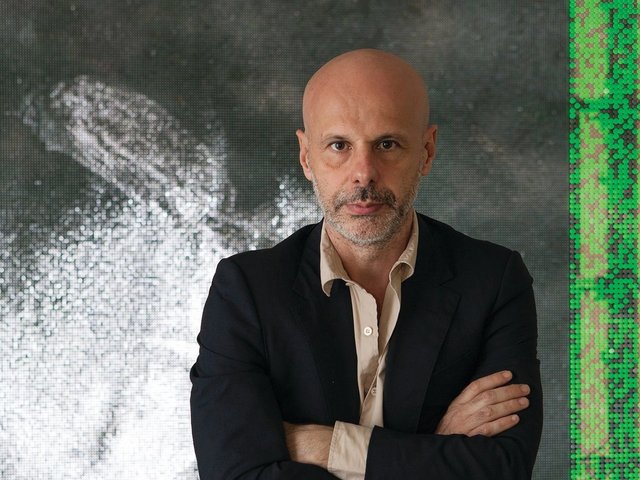The Danish art collective SUPERFLEX will take over the Turbine Hall at London’s Tate Modern this October. The group—founded in 1993 by the artists Bjørnstjerne Christiansen, Jakob Fenger and Rasmus Nielsen—will unveil their 2017 Hyundai Commission for the vast industrial space on 3 October.
“Their work raises timely questions about the role of the artist in contemporary society, exploring how we interpret and engage with the increasingly complex world around us,” says the director of Tate Modern, Frances Morris, in a statement. “I can’t wait to see how they tackle these themes within the unique scale and public context of Tate Modern’s Turbine Hall.”
While the group’s plans for the space are firmly under wraps, the site-specific commission follows a stream of playful, often political projects made in collaboration with local communities as well as art institutions. SUPERFLEX have described their works as “tools” for the public to use and modify as they see fit. These have included the production of biogas units for rural families in Africa and an energy drink made with farmers in the Brazilian Amazon.
SUPERFLEX had their first UK solo show at the South London Gallery in 2009 with Flooded McDonald’s, a film of a replica burger bar gradually inundated with water. In 2010, they invited visitors to London’s Science Museum to dress up in cockroach costumes and take a new perspective on the human race through its galleries.
Their most recent public art installation, a giant billboard of a doctored euro coin, will hang on the side of the Hayward Gallery, downriver from Tate Modern, until the end of March. Originally made as a response to the Greek financial crisis in 2012, the piece “has gained new resonance since the UK’s decision to leave the EU”, the artists say.





